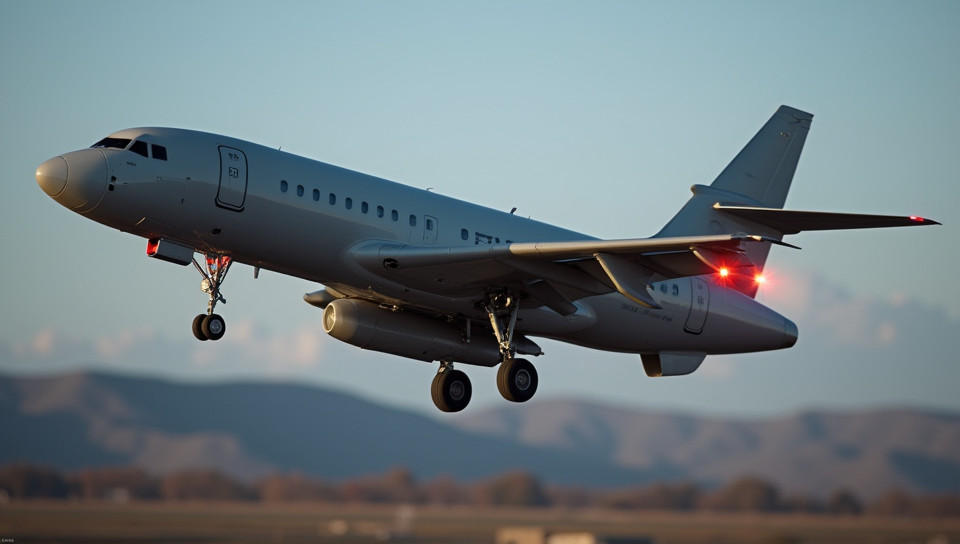Aircraft and drones are vulnerable to remote jamming attacks 88%

The Dark Side of Airborne Technology: Remote Jamming Attacks Exposed
As we continue to push the boundaries of innovation in aviation and unmanned aerial systems (UAS), we're increasingly reliant on advanced technologies to keep our skies safe. But with great power comes great vulnerability, and aircraft and drones are no exception. The threat of remote jamming attacks is a looming concern that's been gaining traction in recent years.
What is Remote Jamming?
Remote jamming refers to the deliberate disruption or interference with the communication signals used by aircraft and drones to navigate and operate. This can include GPS, radio frequency (RF) communications, and even sensor data. By exploiting these vulnerabilities, attackers can compromise an aircraft's ability to fly safely, potentially leading to catastrophic consequences.
The Risks of Remote Jamming
Remote jamming attacks pose a significant threat to airborne operations in various scenarios:
- Disrupting communication links between pilots and air traffic control
- Interfering with GPS navigation signals, causing loss of situational awareness
- Blocking sensor data critical for collision avoidance and terrain-following systems
- Infiltrating secure communications channels to steal sensitive information
The Challenges of Mitigating Remote Jamming Attacks
Mitigating remote jamming attacks is a complex task due to the rapidly evolving nature of threats. As new technologies emerge, so do novel attack vectors:
- Evolving threat landscape demands continuous monitoring and adaptation
- Limited awareness and understanding of remote jamming vulnerabilities among operators
- Technical challenges in detecting and filtering out malicious signals from legitimate ones
Conclusion: The Need for Enhanced Security Measures
The threat of remote jamming attacks underscores the importance of prioritizing airborne security. By acknowledging these risks and investing in robust countermeasures, we can safeguard our skies against this emerging menace. This requires a collaborative effort between industry stakeholders, regulatory bodies, and researchers to develop effective solutions that balance security with operational efficiency.
As we navigate the complexities of remote jamming attacks, one thing is clear: the safety of our airspaces depends on our ability to stay ahead of these threats. By confronting the dark side of airborne technology head-on, we can ensure a safer future for all.
- Created by: Elif Özdemir
- Created at: Jan. 5, 2025, 3:01 p.m.
- ID: 17293
